Free-Flowing
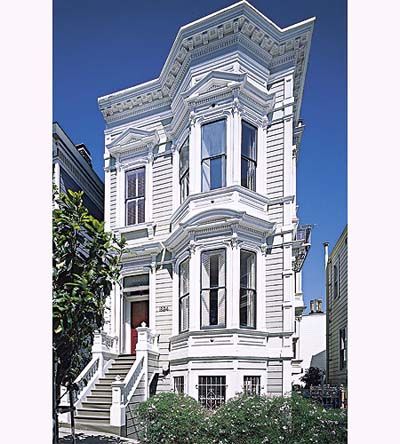
Judging from the outside, the house Jessica Wynne found in San Francisco’s Pacific Heights was just what she and her husband Stephen were looking for: an Italianate townhouse with an icinglike cornice, an etched-glass transom over the front door, and tall bay windows. The facade needed little more than a new paint job. So why had no one snapped it up?
The onetime single-family dwelling had been carved up into apartments. Lurking behind makeshift front doors were seven shoddily constructed bathrooms and as many miniscule kitchens. To turn back the clock, the Wynnes were going to have to carefully excise the dilapidated apartments and keep an eye out for details that gave clues to the home’s original look. With the help of architectural designer Amy Hall McNamara and general contractor Eric Maykranz, a specialist in old-home restoration, they would remake the building into a graceful manse, but one that meets the needs of a modern family.
Hidden Treasures
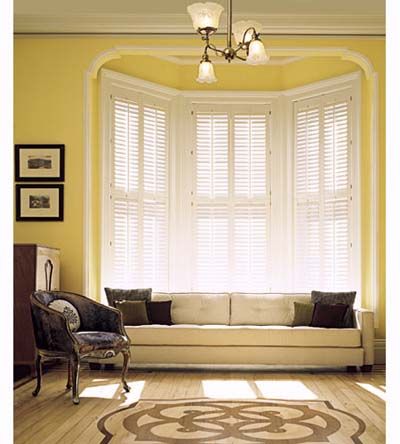
The 4,000-square-foot Italianate had been built in 1878 by a wealthy family of grocers, the Robertses. By the 1950s, the house had been sold to another owner who had a good reason for splitting it up: to accomodate as many—ahem—paying customers as possible. “The house was a brothel for a good number of years,” Jessica says.
Main floor studs had been sawed off at the ceiling to make room for new doors, leaving the second story without support in numerous spots. Plumbers had sawed through joists to run sewer and supply lines, compromising the integrity of the timbers. Hidden behind the plaster and lath on the south wall was an apparently extraneous inner wall of brick and mortar that necessitated removal with a hammer drill and sledge.
Yet despite all that the home had suffered, it still coughed up many fine treasures. For decades, the living room’s intricate floor medallion lay hidden beneath commercial carpet. The light fixture, once lit by gas, is also original.
Well-Preserved

The mahogany staircase was in remarkably good shape, only needing to be refinished. Fretwork along its top echoes the patterned floor medallion.
History Repeated
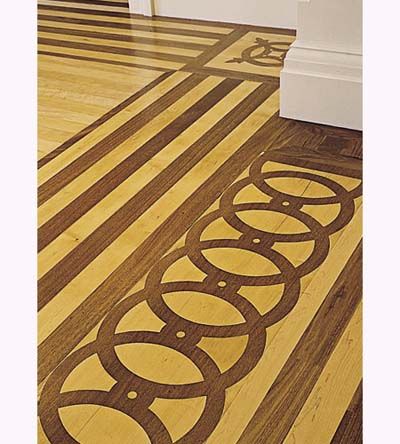
The walnut inlay in the maple floors had survived intact in the living room. Those ringing the dining room, however,
had been badly damaged, so the contractor painstakingly replicated them.
In Fine Detail
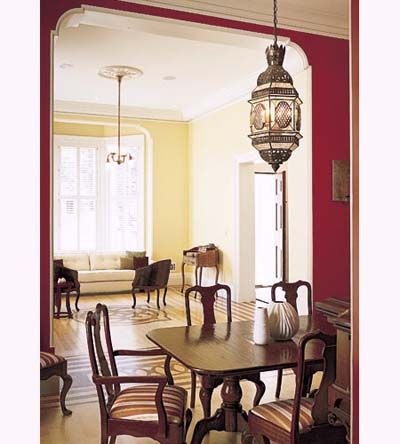
Pocket doors that would have separated the living and dining rooms were either missing or sawn in half. The architect opted instead for wide, handsomely cased openings.
New Meets Old
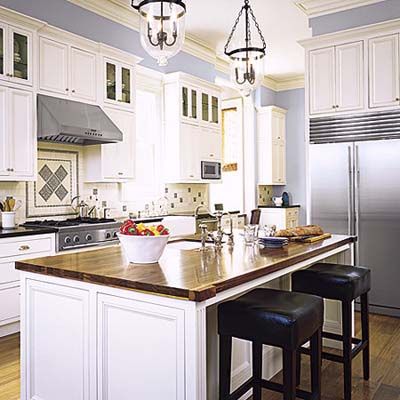
Victorian structures are renowned for being strongly compartmentalized. “If we stuck with the Victorian plan,” says McNamara, “guests would come into the kitchen and just pile up like salmon swimming upstream.”
To shatter that rigidity, she came up with a circular floor plan that allows the kitchen to be accessed from two points: the main hallway and the dining room. The room echoes the period of the house with white-painted cabinets, black-granite counters, and a walnut butcher-block-topped work island.
Breakfast with a View
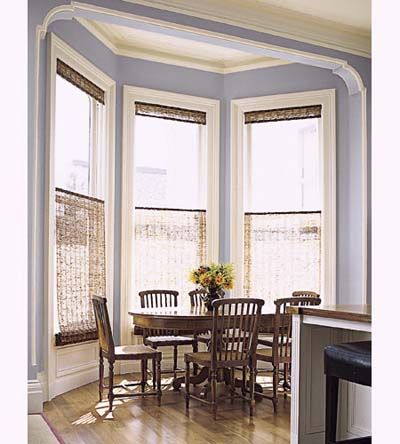
A breakfast nook for informal meals is tucked into the kitchen’s window bay. Both spaces are open to a family-room area where the homeowners and their kids can all gather.
Self-Service
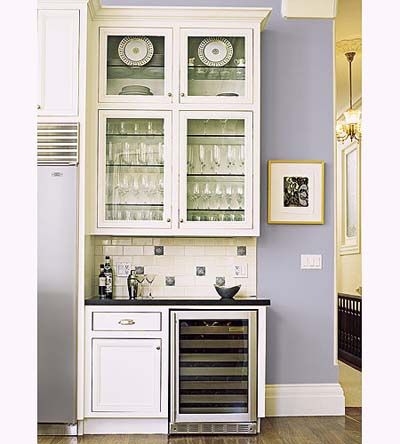
The kitchen’s built-in bar has glass-front cabinets so guests can see to help themselves to a drink and circulate while meal prep is underway.
History Repeated
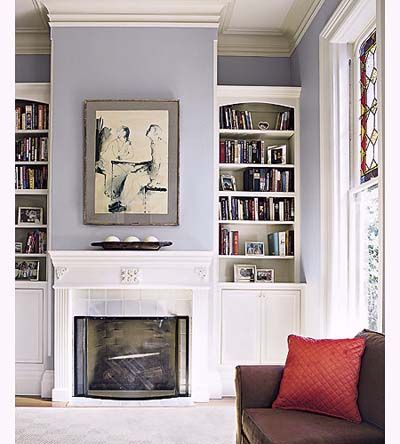
A fireplace in the family-room area was among the homeowners’ top priorities. The zero-clearance gas firebox made for easy installation. The stained-glass window over the sofa—like the set of etched transom windows in the entryway—is original. “Can you imagine that these window survived the earthquake of 1906?” Jessica asks.
Period-Style Pieces

The wainscoted master bath features a reproduction footed tub and marble-topped double vanity.
The stained-glass window is in its original location.
Seeing Double
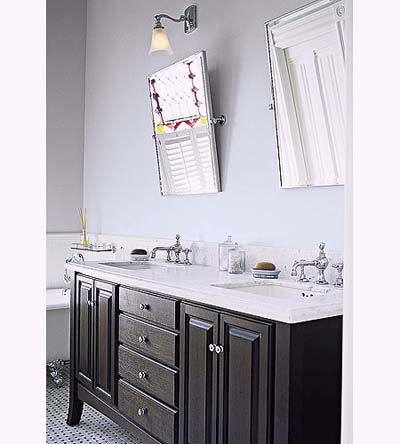
The bathroom, part of a master suite, also features a marble-topped double vanity.
Triplets

The master bedroom’s seating area sits under tall bay windows that are framed by their original casings. Not shown are the room’s 17 feet of reach-in closets. “I love those closets,” says Jessica. “They’re bigger than you think. We have extra storage space on top because the ceillings are just under 13 feet.”
Free-Flowing
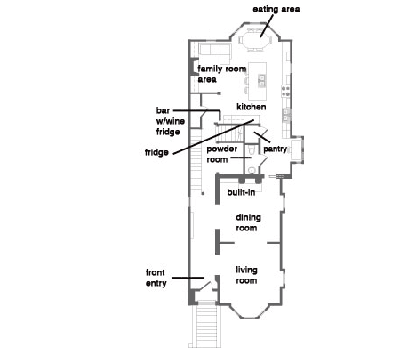
Downstairs, the great-room kitchen and open-access living and dining rooms allow for easy circulation.
Careful Carving
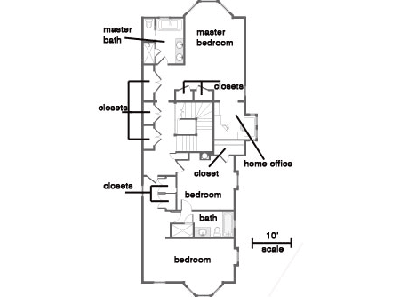
Upstairs, space was carved out for three bedrooms, plenty of closet space, and a small office.
